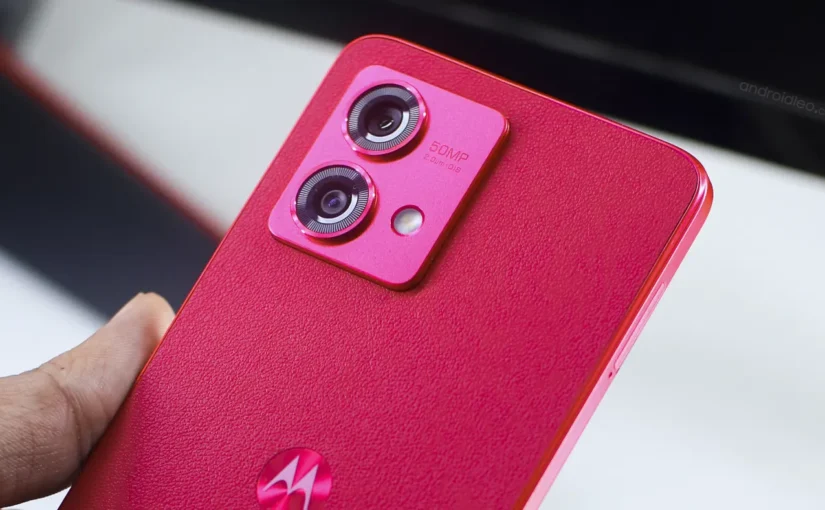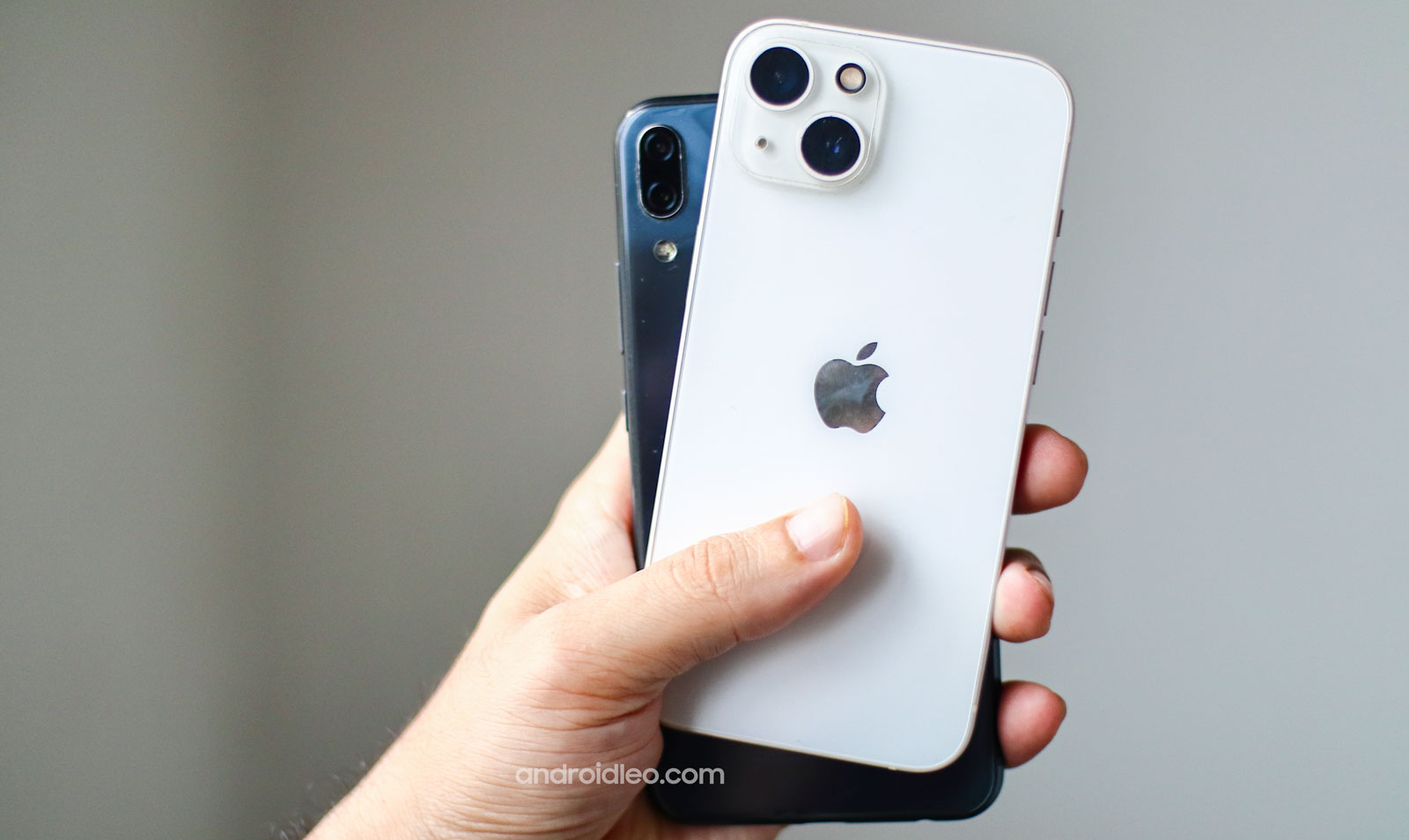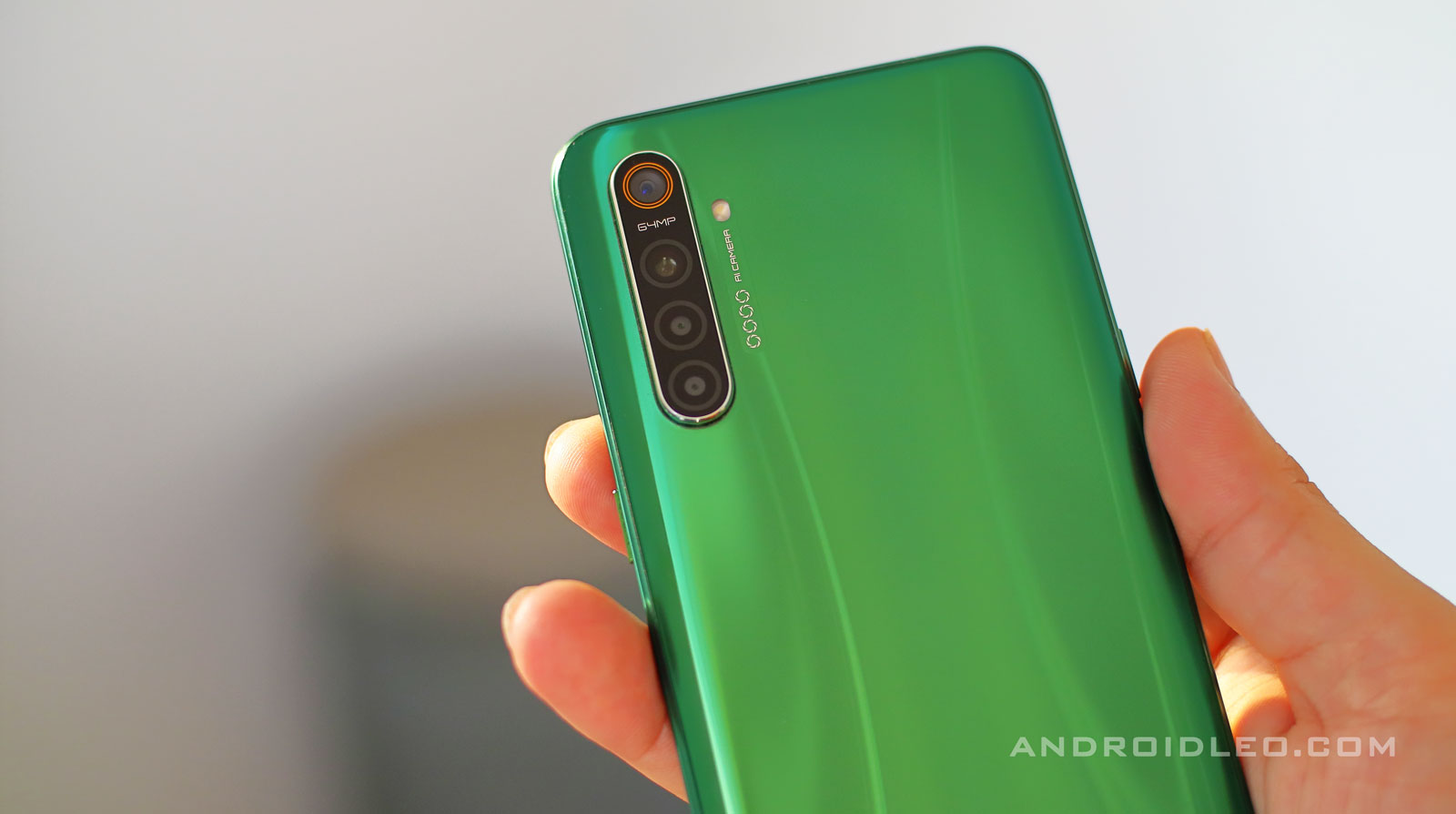Due to the utmost competition in budget smartphones, manufacturing companies make every effort to ensure that their budget phones remain ahead of other. usually an economic android device offers a great display, performance, battery life and a camera to capture stunning photos, but there is a difference in the quality of images taken from the camera of a budget and premium smartphone and it is the first choice of user that their phone’s camera could capture good pictures for which one had to spend more and go for a premium smartphone. In today’s time, AI has been implemented in a better way inside the smartphone due to which the camera quality is being improved through Artificial Intelligence, then good image can be obtained from a budget smartphone.
AI is not a new term, its use in smartphones is also not new. Asus brand used AI camera in its flagship device Asus Zenfone 5z and also used AI technology to optimize battery charging. At present, all the smartphone companies are using AI to improve the features of the phones, due to which AI is being given more importance in most of the smartphones.
Image processing is being further advanced through AI where the picture is artificially improved in contrast, saturation and color. It has to remember the previous steps and automatically remembers the changes made to the image as before, then provides a all-new image on this basis. Any ordinary photo can be transformed into a masterpiece in just a few steps by applying erasing, recomposing and remastering to any picture captured with the phone using AI editing tool.
AI has no limits, it is capable of enhancing other fields as well which can simplify all the difficult tasks for you. At the same time, there is every possibility that in the coming time, the gap in camera quality between flagship and budget smartphones can be reduced to some extent.


